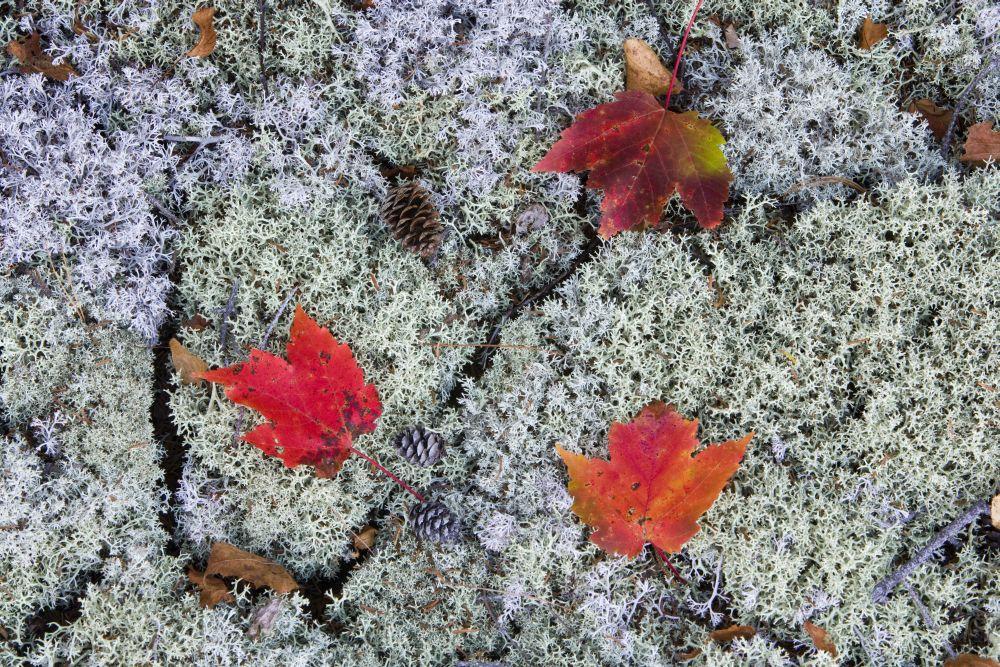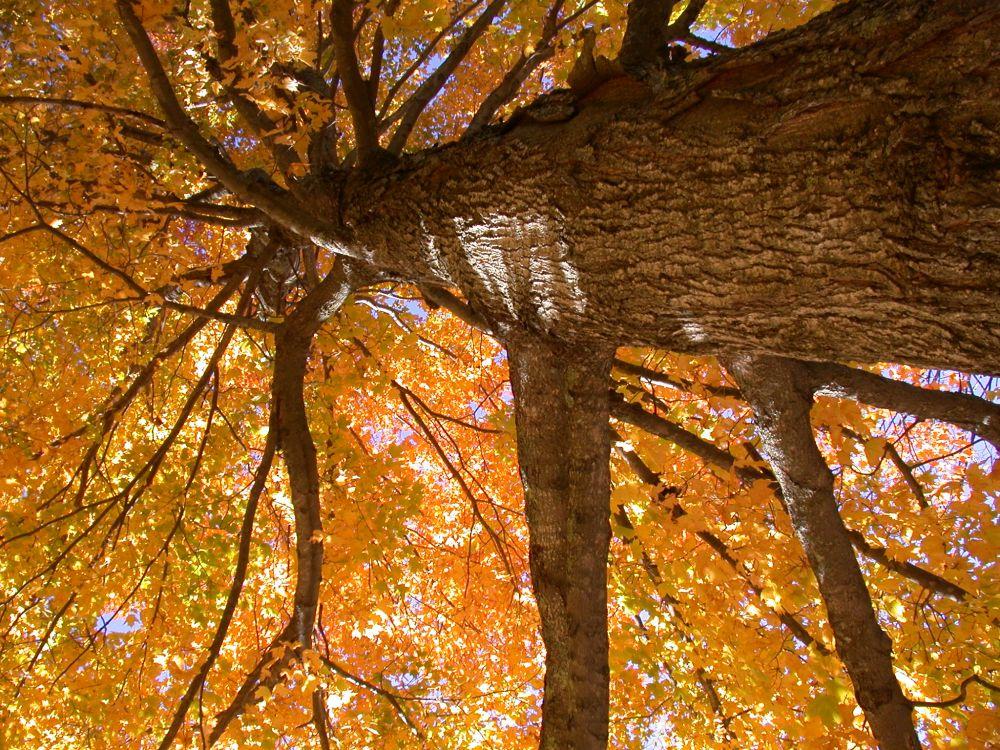An 'inner foliage season' we each experience
- Tags:
- Recreation

Foliage season is a spiritual metaphor – a singular seasonal mood and collective emotion conveyed by seemingly inanimate trees.
Photo Jerry Monkman, Eco-Photography
Falling leaves work on my soul. I can't quite describe it...
I've discovered at least four essential fall foliage truths, wise autumnal advice I'm more than willing to share…
Each year leaves will change color to a greater or lesser degree before falling. But only tourists want to know the precise moment when the colors have reached peak. "Peak foliage" is ephemeral. What if it arrives in the middle of the night – have I missed it until next year? Or could I theoretically race down to Keene and still catch it?
New England forecasters develop regional peak foliage maps that look like plant hardiness zones for national televised weather broadcasts. Bold, confident lines on the maps declare – like so many temperature isotherms – where foliage has allegedly already peaked across northern New England without regard to local topography. However it goes in Vermont or Maine, in New Hampshire the fall color starts locally at the edges of swamps in early September before skipping to the highest, northern peaks. By Columbus Day it has descended through the White Mountains into the Lakes Region, moving southeast through the foothills to the warm, coastal flats where the fall colors linger well into early November in sheltered locales.
First truth: You'll never see that map on television.
Foliage season travelogues reveal the most idyllic, picturesque village settings or covered bridges from whence to view changing leaves. Conveniently, there always seem to be plenty of established shopping malls, restaurants and tour bus parking areas near these foliage viewing "hideaways." Accounts of secret, unsung foliage locations are at best non-existent and at worst outright lies. A "secret" place is as cliché as busload of leaf peepers pawing through a kitschy White Mountain souvenir shop.
Second truth: We are damn lucky that mere dying leaves bring gold to our hills. Fall foliage provides a critical infusion of needed cash to the NH lodging, restaurant and retail businesses facing a long dry spell before the first post-holiday skiers arrive in the hills.

Question: Why do leaves change color?
Third truth: It's not rocket science, people.
In response to diminished sunlight, green chlorophyll breaks down to reveal more colorful, secondary yellow, orange, and brown leaf pigments that were masked during summer. And as leaf sugars are converted to starch to be stored in roots, leaves manufacture new pigments – reds and purples – in the presence of sunlight.
Fall foliage is more than an unabashed New England tourism promotion. It is more than a spectacular natural phenomenon. Foliage season is a spiritual metaphor – a singular seasonal mood and collective emotion conveyed by seemingly inanimate trees. All living things experience a personal autumn eventually. Death provides life lessons in succession, continuance, and renewal.
On still mornings when fog shrouds the river valleys, leaves whisper, rustle and glide gently to earth in an audible cascade. The rose-pink dawn sky reflecting on the frost-covered grass promises a bright, aster-blue-sky afternoon when children rake leaves for the sheer joy of jumping and rolling in them. Autumn afternoons fade all too quickly as cool evenings arrive with the first scents of wood-smoke or candle-singed pumpkin flesh. The odor of warm and spicy cinnamon-apple and the earthy mould of rotting leaves are the distilled olfactory essence of autumn in New England, rekindling rich childhood memories in everyone who has ever loved trees.
Autumn is bittersweet – beautiful, heartbreaking, and nostalgic. The more subtle psychological effect of your "inner foliage season" may catch you by surprise.
Fourth truth: Let it!
To walk under blazing sugar maples or kick through mounds of fallen leaves resets an inner clock. All too soon, cold wind-driven rains will shred the colorful tapestry of canopy leaves, stripping trees bare. The flurries of dry leaves rustling in the streets will soon give way to less colorful flurries – cold, wet, and white.
Before that occurs, don't allow some on-screen television expert to convince you that you've already missed the metaphorical peak without regard your own life's trajectory and local topography. Embrace each successive autumn with your whole heart and you'll continue to grow – like a tree.
